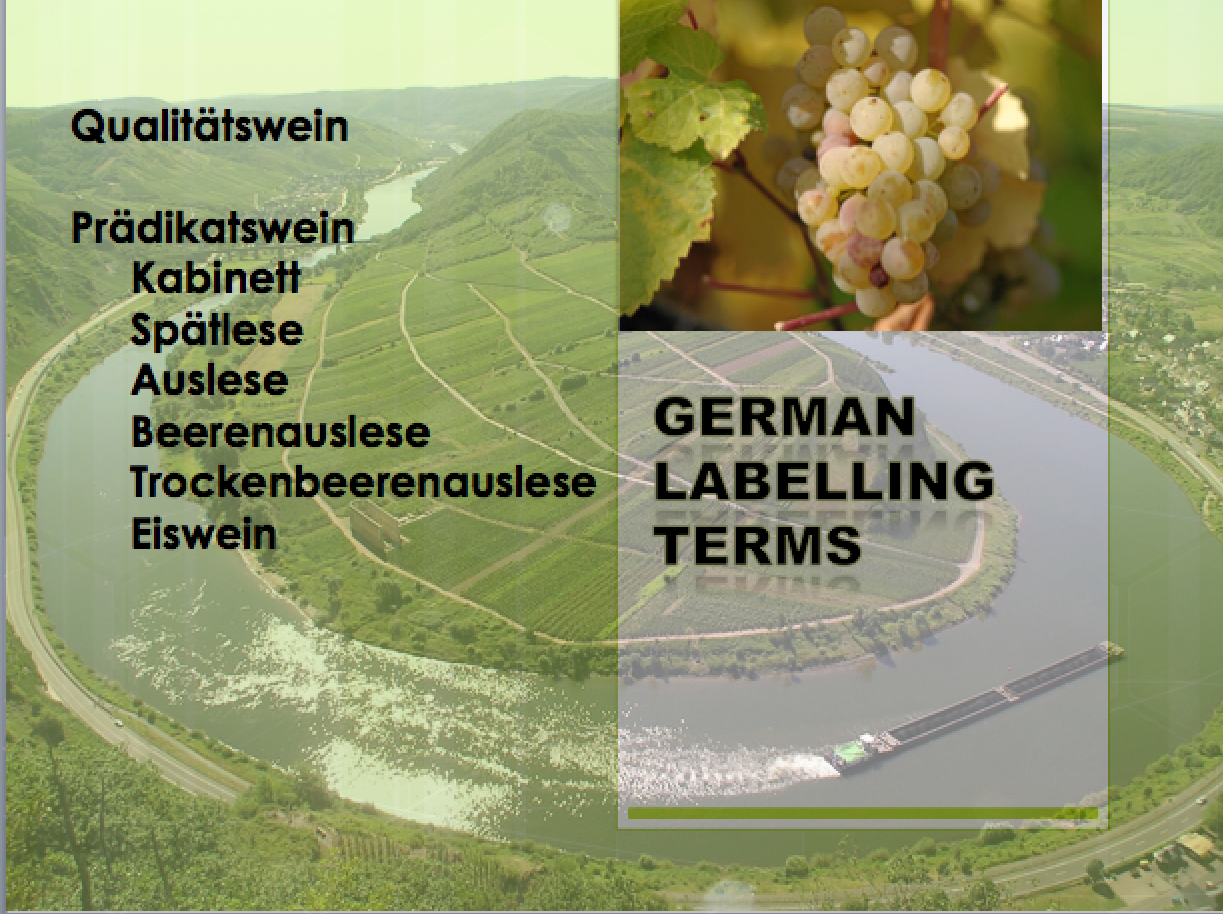WSET - Fortified Wine Exam
Much has changed since I started the WSET Diploma in January 2014. Then, I was working for a wine merchants in Manchester, now I'm working at a winery in Napa. Oh, and I'm also married. That's how much time it's taken to complete the Diploma, my studies prolonged by my move to California. It was a year ago that I took the exhausting and exhaustive day-long Unit 3 exam (Wines of the World); this week, I was back in San Francisco to take the final exam on fortified wine. This is one of the few exams I've genuinely looked forward to, if only because it would mean a welcome and overdue end to studying for the Diploma. I also love fortified wine, especially sherry, but that doesn't make being examined on it any easier. I'll find out in a couple of months how I did, but here's how it went on the day.
Unlike last year when I nearly missed the exam due to a three-hour car journey caused by faint drizzle, I made the exam in plenty of time by taking the beautiful ferry trip across San Pablo Bay into San Francisco. A fellow student and I met before the exam to taste a little bit of sherry to acclimatise our palates and to steady the nerves.
At this late stage, I don't see much point cramming information into one's overloaded brain, but most students were busy reading books when we walked into the exam venue. Given the wide range of subjects covered, it's impossible to guess which pieces of information you're likely to need to know and which you're not. For me, it was more a case of staying calm and relaxed until the exam eventually began.
theory
The exam is 65 minutes long, with a blind tasting of three wines and three theory questions, each of which take ten minutes to answer. I tackled the theory questions first, in part to get them out of the way but also because running out of time is a real danger with the theory questions.
Turning straightaway to the questions, I felt a sense of relief as the topics were relatively straightforward. I left the trickiest topic (Key Madeira Shippers) till last, going straight to Fortification of Sherry. This involved describing when fortification happens (after fermentation which is different from most other fortified wines), and the different levels of fortification that result in the many styles of sherry. The next question was on Rutherglen, an area of Australia I would love to visit one day and about which there is a lot to write. Key Madeira Shippers I found trickier because there are only seven independent producers plus a co-op in Madeira and production is small, so it was hard to know what the examiners were looking for. I felt that I answered all three questions comprehensively, though, and that all my studies had been worthwhile.
Students taking the exam in Europe were asked about Key Madeira Shippers, The Fortification and Maturation of Vins Doux Naturels, and Pale Cream Sherry, while students in Asia were asked about Key Madeira Shippers, Sherry Varieties, and The Fortification and Maturation of Vins Doux Naturels - all questions I would also have been confident answering.
tasting
The tasting was harder. My ideal tasting would have been three distinct styles of sherry, but as soon as I saw the bottles of wine I knew we were in for a port tasting. The question revealed that the wines were indeed from the same region; we didn't have to answer which region, but which style each wine was. And this I found very difficult: the first and third wines were a similar deep ruby colour, while the middle wine was much paler and more faded. On first sight, I guessed this was a tawny but overthought it: the colour was more garnet than tawny and although there were lots of dried fruit aromas I didn't sense the nuttiness that is typical of a tawny, so I put that it was an LBV. Wrong: it was a tawny. Always go with your first instincts - at least when you're right. The other two wines were very similar and I really didn't have a clue what style each one was. The first was complex and intense, and I guessed it was a young vintage port: it was a ruby. The third was less complex and less intense, so I guessed it was a ruby: it was a vintage port. I hope my tasting notes were accurate enough to make up for mistaking the wines; if not, I also hope my theory answers were strong enough to compensate for the tasting. I really don't want to have to do this exam again; I want this Diploma over and done with.
wines tasted
Taylors First Estate Reserve Port ($20)
I'm going to have to seek out a bottle, because I thought it was fantastic!
Niepoort Tawny Dee (not on sale in the US, sells for £6-10 in the UK)
used to sell this wine in the shop in Manchester, so disappointed I didn't recognise it.
Ferreira Quinta da Leda Vintage Port 1999 (again not on sale in the US, but would be around $50)
once more, disappointed I wasn't able to spot a vintage port that's nearly 20 years old - at the same time, I didn't find it that impressive.
I'll be getting the results in a couple of months, let's see how I do ...
Update, 16 August
I just got the results for this exam. As I hoped, I passed the theory with distinction; as I feared, I failed the tasting. That's frustrating, because that's the only element of the Diploma I didn't pass. However, my theory answers compensated for my tasting and I came away with an overall pass. Which means the Diploma is done and dusted!






